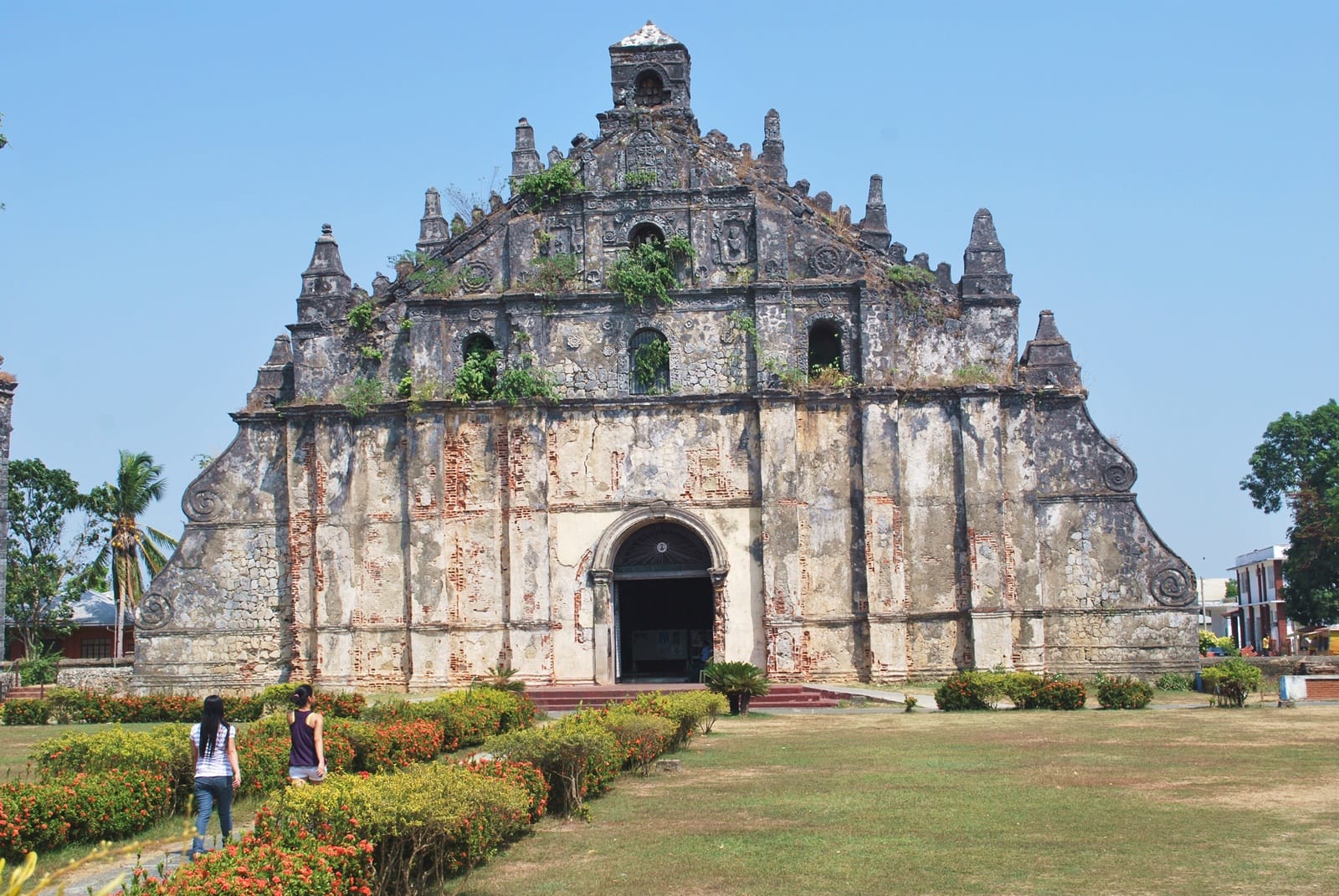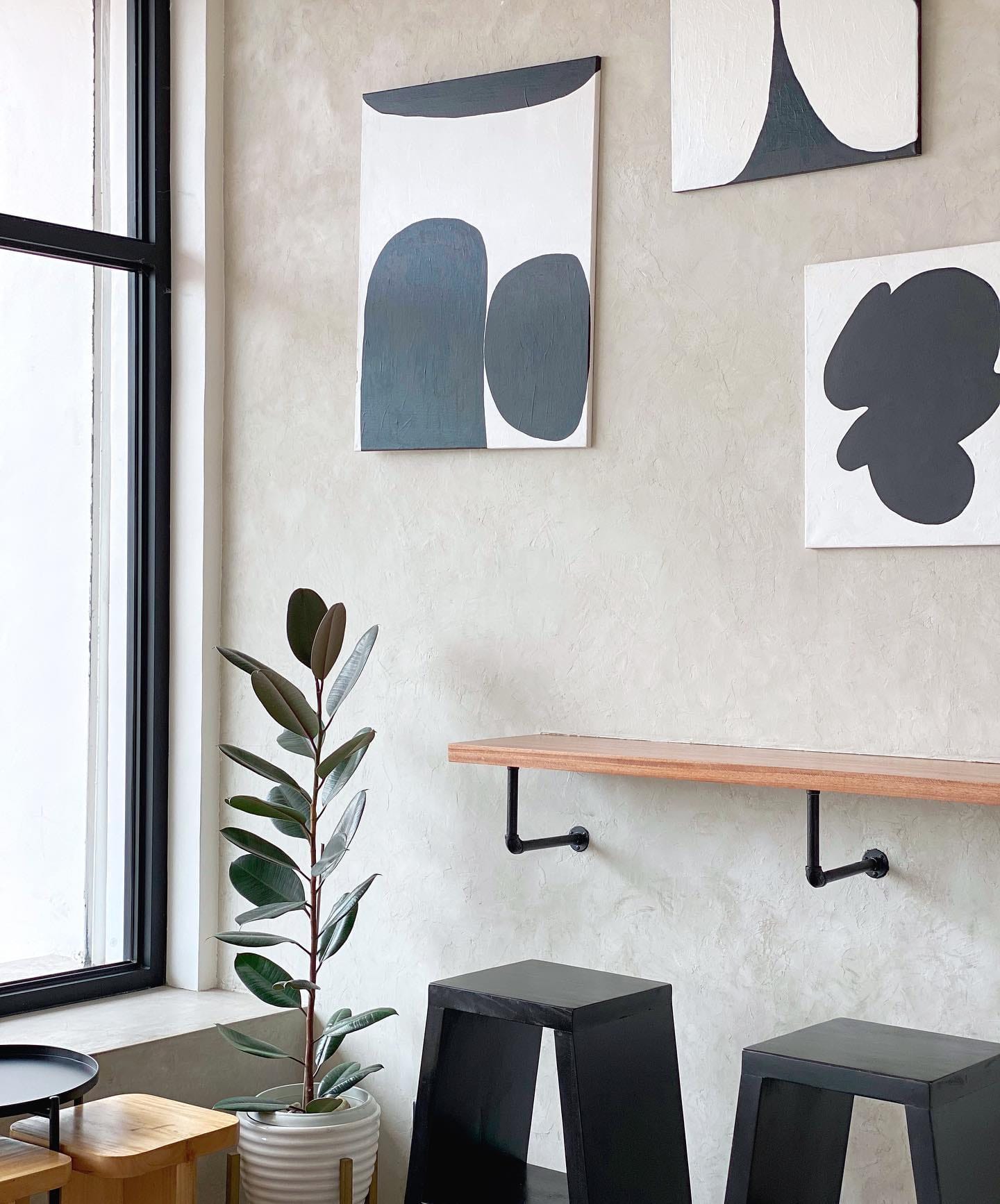
Ultimate DIY Travel Guide to Ilocos Norte
Discover one of Philippine’s top tourist destinations – Ilocos Norte.
Ilocos Norte is a province located in the northernmost part of Luzon, the largest island in the Philippines. The province is known for its unique culture, breathtaking scenery, and friendly people. From ancient churches and museums to breathtaking natural wonders and adrenaline-pumping outdoor activities, Ilocos Norte has something for every kind of traveler.
In this blog post, we will take a look at some of the best places to visit in Ilocos Norte. So, if you are looking for an ultimate travel guide to Ilocos Norte, this post is for you.
Travel Requirements to Ilocos Norte
Based on the current news, there are no travel requirements. Check out Ilocos Norte’s official media pages for any updates on travel requirements.
How to get to Ilocos Norte?
Getting to Ilocos Norte is easy as there are many options available for every traveler.
By Airplane to Ilocos Norte from Manila
There are two airlines that flies to Ilocos Norte: Cebu Pacific and Philippine Airlines.
Cebu Pacific
Philippine Airlines
By Bus to Ilocos Norte from Manila
There are 4 Bus Lines that travels to Ilocos Norte:.
Terminals/s:
- Cubao: 816 Aurora Boulevard, Cubao, Quezon City
- Sampaloc: Bgy 488, Zone 048, 1716 Vicente Cruz St, Sampaloc, Manila
*Sleeper with CR buses
Terminal/s:
- Sampaloc: 832 AH Lacson Ave. Cor. Earnshaw St. Sampaloc, Manila.
Terminal/s:
Sampaloc: Dapitan Street Sampaloc, Manila (Back of University of Santo Tomas)
Terminal/s:
Sampaloc: 1238 Lacson Ave. Sampaloc, Manila
By private car to Ilocos Norte from Manila
You can also reach Ilocos Norte by driving a private car or by renting a private van.
The ride is approximately 8-9 hours from Balintawak Toll Gate to Laoag city. Ride duration varies as it’s dependent on current traffic situation and stop overs.
The quickest route to Ilocos Norte is through North Luzon Expressway (NLEX), then take the exit to SCTEX/Clark Airport. From there, take the Tarlac-Pangasinan-La Union Expressway (TPLEX).
Where to stay in Ilocos Norte?
There are plenty of accommodation choices in Ilocos Norte. The Ilocos Norte tourism office released an official list of accredited accommodation. Read more about them here.
For some specific recommendations, see my curated list below:
How to get around Ilocos Norte?
What to eat in Ilocos Norte?
If you enjoy exploring new flavors, prepare your taste buds for an Ilocano culinary adventure. Ilocos Norte boasts a gastronomic heritage that is both rich and diverse. Mangantayon! (Let’s eat!) Here are my few picks of must-try food in Ilocos Norte:
Snacks:
Vegetables:
Meat Dishes:
Desserts:
Where to eat in Ilocos Norte?
Badoc:
Burgos:
- Kang Kang Windmill Café
Laoag:
- Cafe Ilocandia
- Cusina de Iloco
- Eagle’s Nest Restaurant | View their menu here
- La Preciosa
Pagudpud:
- Bergblick Restaurant | View their menu here
- Hakuna Matata
- Ikani Resort | View their menu here
- Kapuluan Vista Resort Restaurant
- La Cocina de Consuelo at Casa Consuelo
- Pannzian Resort | View their menu here
Paoay:
Solsona:
San Nicolas:
What to see and do in Ilocos Norte?
Cultural Heritage Structure
Tourist Attraction
Natural Wonder
Churches
Suggested Itineraries
Ilocos Norte’s tourism office released a helpful suggested itineraries so you can get most out of your vacation in Ilocos Norte. Here are some of them:
Sample 4 Day DIY Itinerary with Budget Breakdown
Day 0
Day 1
Day 2
Day 3
Day 4
More Tips!
Did you like this blog?
Follow me on Instagram , Facebook, and Tiktok to be updated on my latest posts.
Work with me?
I love collaborations and I enjoy working with various brands. See my portfolio here

You May Also Like

Review: Nimble Babies Travel Cleaning Collection
24th May 2019
Review: Pampers Sensitive Wipes
12th January 2020
